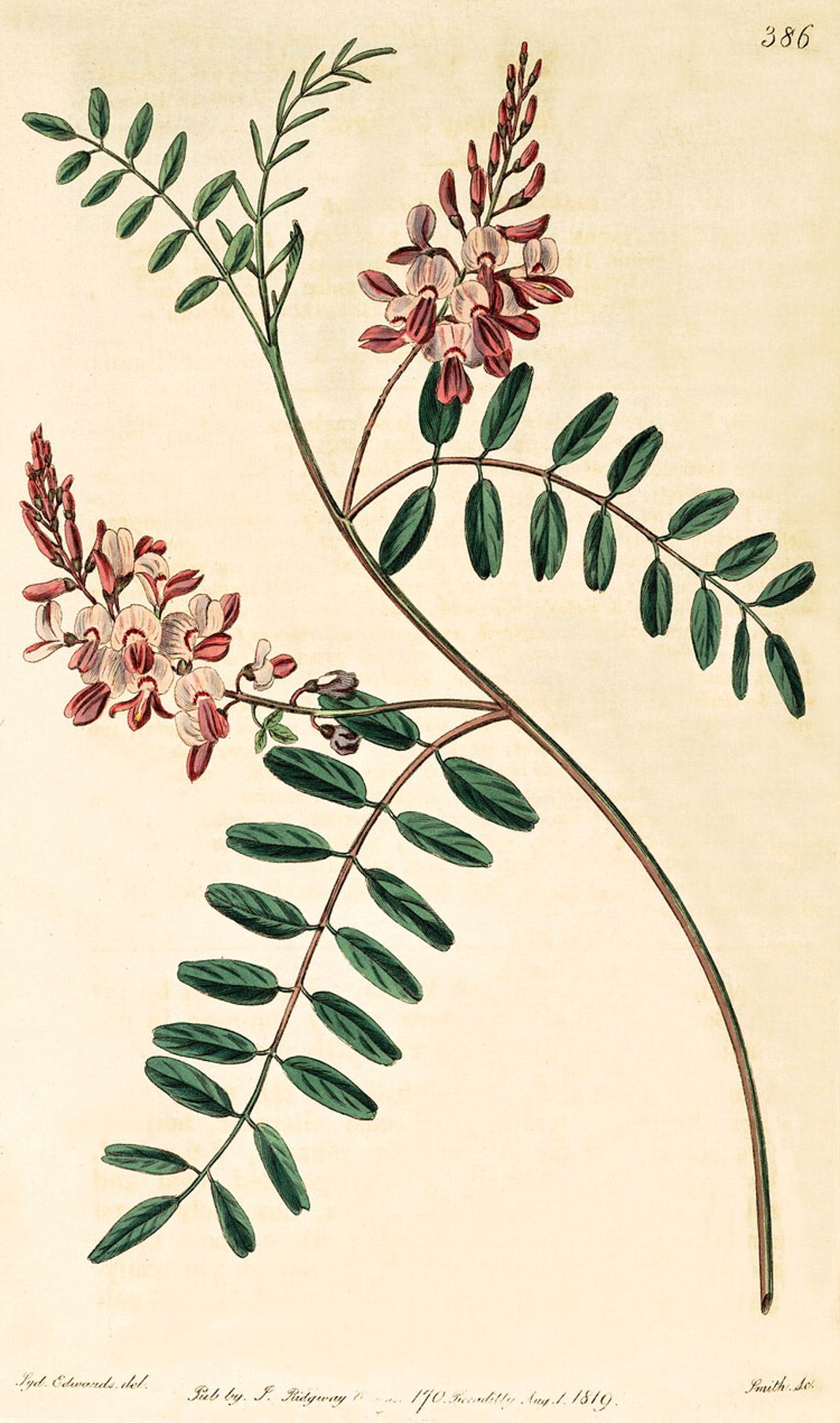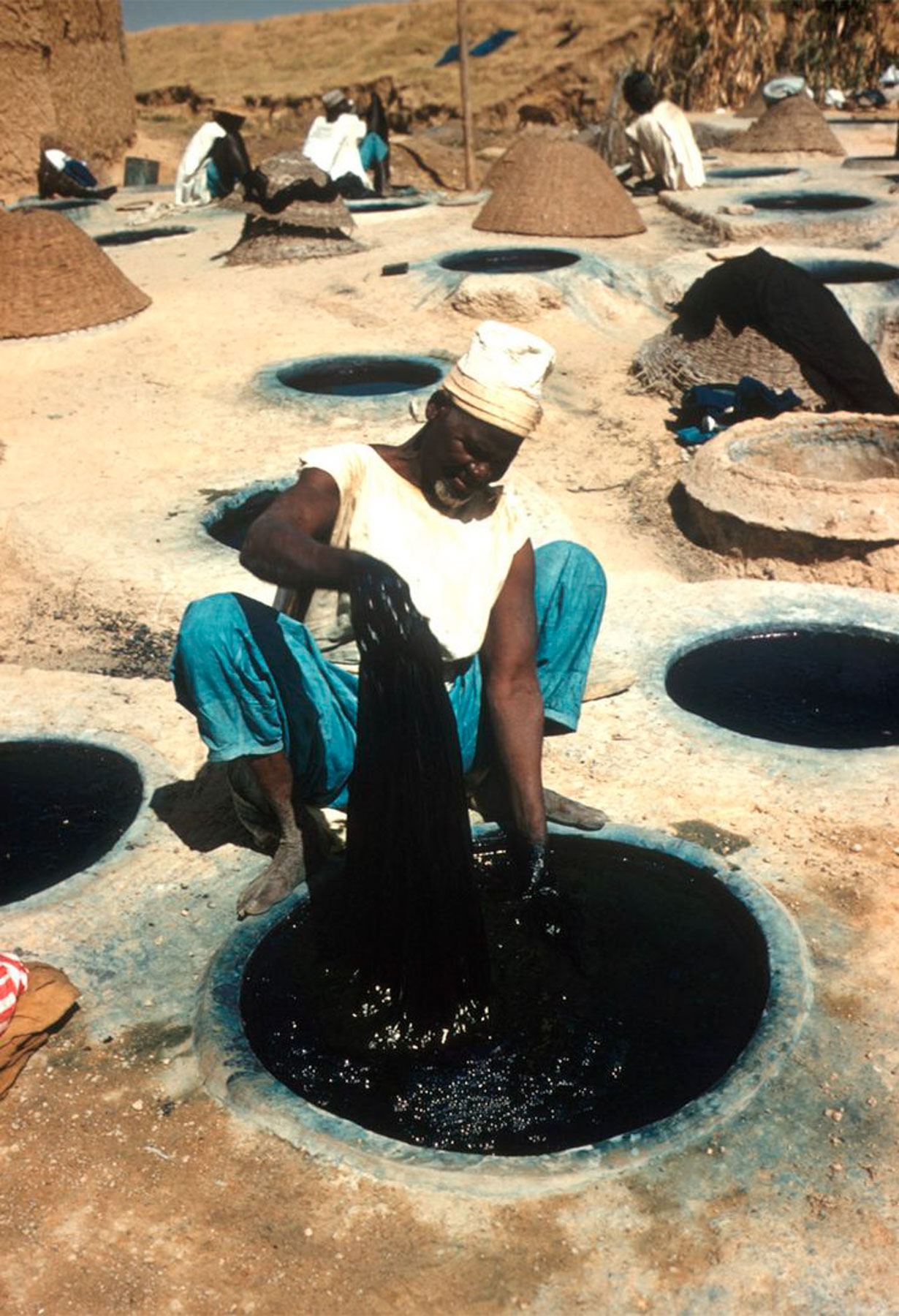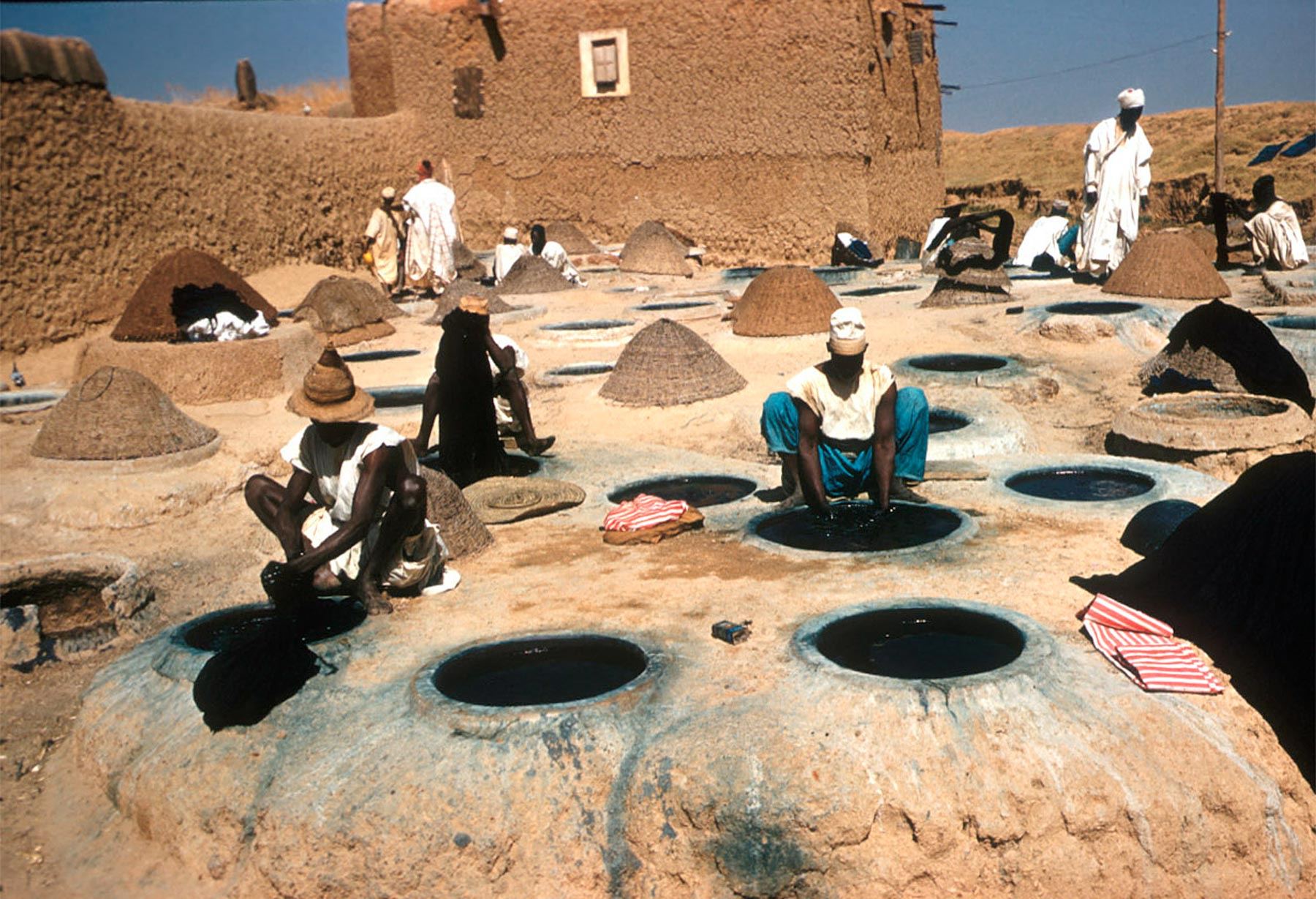Alchemy. The Blue Gold
When it comes to denim, one of the elements that first comes to mind is definitely the enchantingly rich blue colour – indigo, used more than 6200 years, it makes one of the oldest dyes still in use today.
The dye used for denim is initially taken from the indigofera tinctoria plant that is native to Asia. The exact origin of the plant is not known but quite possibly it originates from India – the name ‘indigo’ comes from the Greek word ‘indikon’ meaning “a substance from India”. On the other hand, the oldest indigo-dyed fabric ever found was discovered in Peru, in the prehistoric site called Huaca Prieta. Previously, the oldest sample of blue-dyed fabric dated to around 4,400 years ago in Egypt, unearthed in pyramids built during Ancient Egypt’s Fifth Dynasty while the oldest written references to blue dye going back to around 5,000 years ago in the Middle East.
Mainly used for textile dyeing and printing, the durability of indigo as a colour and the depth of the tone made it an excellent choice in times when frequent washing was not possible. The dyeing process is quite complicated – the plant itself is not blue. The flower is pink, but the clear liquid is extracted from the plant by crushing it and leaving it fermenting for several weeks in holes in the ground. Then, the remaining paste can be pressed into cakes and dried, or the yarn or cloth can be dipped into pure dye-pits.
After the very first dip, the fabric seems to be light grey. Then something magical happens – suddenly, the fabric starts to turn blue! This is possible thanks to the symbiosis with air – oxidation by exposure to air converts indoxyl to indigo. It is a laborious process and sometimes the cotton is dipped as many as 15-20 times. The more dips, the darker the result. The colour becomes bright, deep blue.
It is natural and completely okay for blue jeans to give colour. Indigo’s inability to completely penetrate the fibres of the fabric allows the garments dyed with indigo continually and characteristically fade with time, light and wear.



